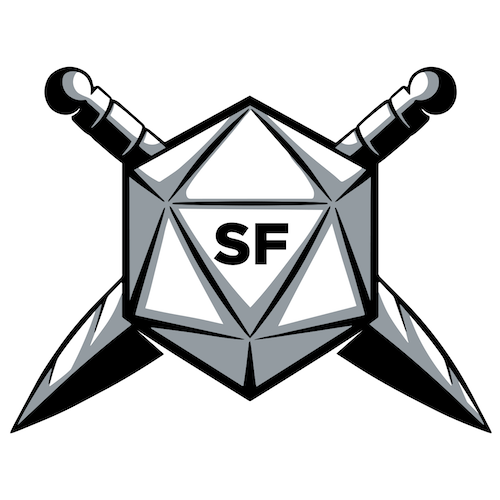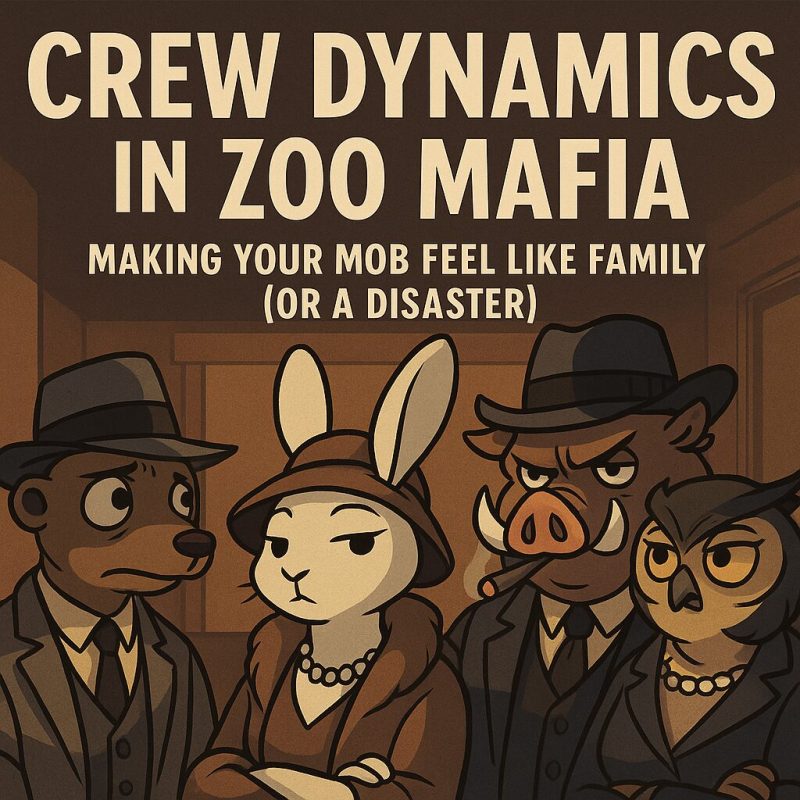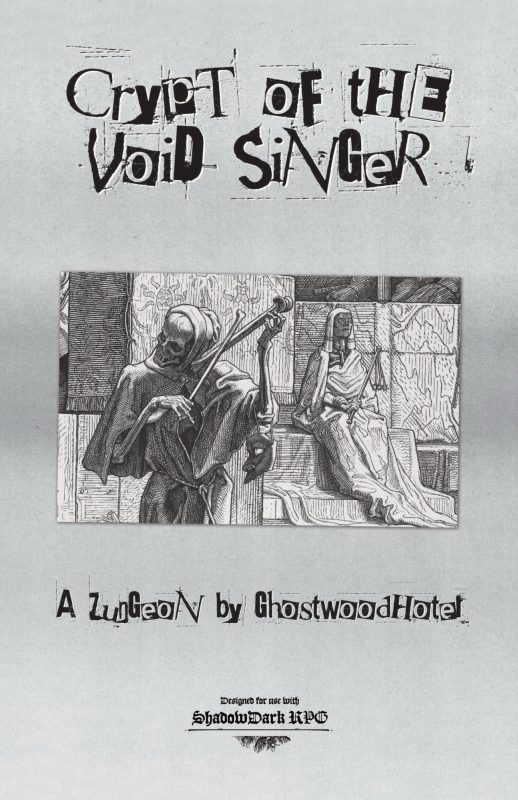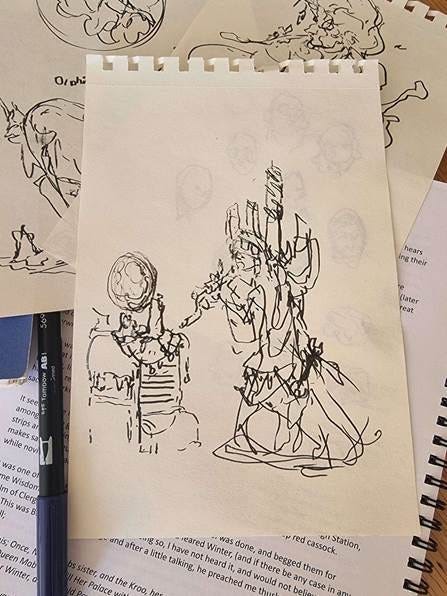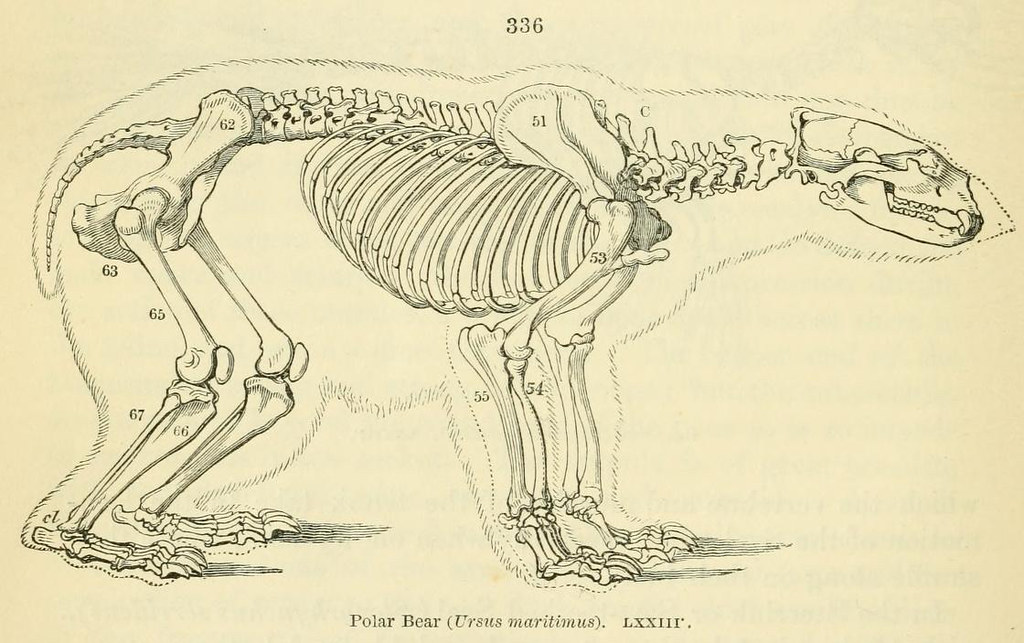SMOOSH JUICE
Landmark, Hidden, Secrets and Clues

Subscribe to the newsletter for ideas and resources delivered to your inbox and get a free Adventure Design Document.
🛡️ We don’t sell your data. Unsubscribe at any time.
Secrets and clues1 are a powerful tool for prepping our games. But I’ve also written about where they fall short for me. What if there was a way to make secrets and clues easier to design and deploy? Enter the idea that “information can be landmark, or hidden, or it can be secret.”2
Landmark information is automatic and free.
A good example of landmark information is “read-aloud” or “boxed” text. As game masters, we present this information when the party arrives at it with little to no effort required on their part. We describe the ancient dwarven architecture of the dungeon or the strange ritual happening within the room.
When the players go here or meet this person they will learn landmark information. As such, it will appear all throughout the Eight Steps of Lazy RPG Prep. Our fantastic locations, important NPCs, and relevant monsters will all present type of information.
Hidden information isn’t automatic – players have to ask to learn it.
Hidden information has a cost but no chance of failure. If the party takes the time to examine the dwarven stonework, they learn it’s inscribed with strange runes. If the party risks approaching the figures performing the ritual, they learn that it’s a group of dwarves.
Hidden information is a great way to categorize some of our secrets and clues. This type of information encourages us to think through some of the possible costs (traps, random encounters, timers, etc) for revealing that information.
Triggers for deploying hidden secrets and clues include opening things (doors, chests, etc), spending time to be thorough (reading books in a library, smelling every potion in a lab, etc), and general exploration (looking behind or under, turning the corner, etc).
Secret information has no guarantees at all.
Secret information is expensive and introduces a chance of failure. A successful Arcana check reveals the runes in the stonework are providing a strange protection against spells. A failed check activates a magical trap or reveals false information. If the party defeats the dwarven cultists in combat, they learn the true nature of the ritual.
Secret information helps us categorize which information will introduce higher costs and potential for failure. Which rolls will be needed and what happens when they fail?
Triggers for deploying secret secrets and clues include successful ability checks, victory in combat, and succeeding in a social interaction. Dice must be rolled and the gods must favor the roll.
Viewing our prep through the lens of “landmark, hidden, and secret” types of information helps us design better secrets and clues. Categorizing them in this way provides us another tool for deploying them meaningfully in play.
Game on.
-
This work includes material taken from the Lazy GM’s Resource Document by Michael E. Shea of SlyFlourish.com, available under a Creative Commons Attribution 4.0 International License. ↩
-
“Landmark, Hidden, Secret” by Anne on the blog DIY & dragons (2019 October 8) ↩


